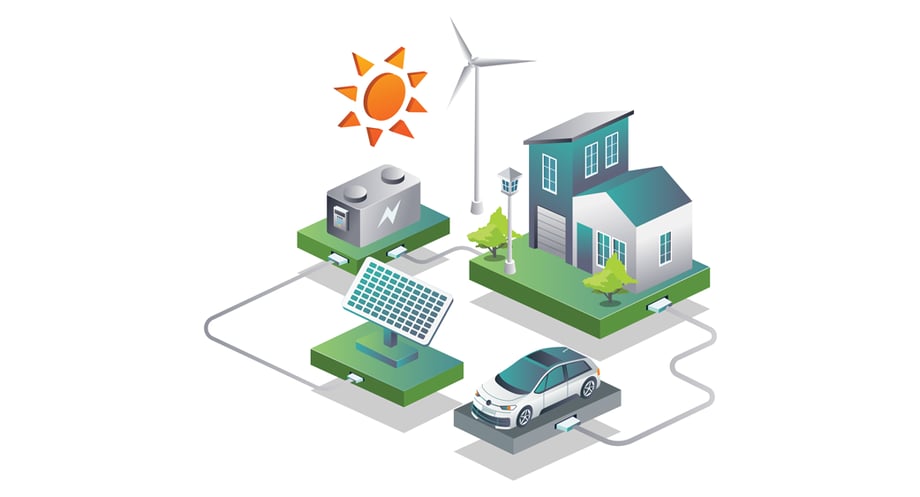
What is vehicle-to-grid energy distribution? This article will explore EV charging and the future of clean energy.
In the latter half of 2021, President Biden released an aggressive plan to ensure at least 50% of all new car sales are electric vehicles by 2030. It involves improved accessibility of charging stations around the nation and incentivizes both manufacturers and city planners to support sustainable innovation — with potential approaches including developing modern EVs, regulating recyclable batteries, ethical mining of battery minerals and growing the workforce around renewable vehicles instead of gas-powered ones.
This article will explore how this plan will affect vehicle-to-grid energy distribution, which aims to recycle unused energy from EVs back into the national electricity network.
What is vehicle-to-grid energy distribution?
In addition to making the world a greener place by utilizing sustainable technology to fuel your vehicle, you can also make money off of the energy you use to power it. Vehicle-to-grid energy distribution taps bidirectional charging to do so.
When you charge your vehicle, you typically take energy from the electric grid, known as unidirectional charging. With bidirectional charging, you can both charge your vehicle and give energy back to the grid.
Your vehicle will take alternating current (AC) from the grid and convert it into direct current (DC) so it’s usable energy for your car. In vehicle-to-grid energy distribution, you can give that energy back using the energy inverter you likely already have, by using the internal converter inside of the machine. You will even be able to control the amount of energy you use to charge your vehicle with a smart charging station.
What is bidirectional charging used for?
Bidirectional charging allows energy to flow two ways — to and from your car. This can be distributed back to the grid (or even back to your home). The aim for bidirectional charging is for your car to charge during off-peak hours and distribute energy back to the grid to support others' needs when there is more demand for energy.
In early December 2021, Tesla CEO Elon Musk mentioned that EVs could hurt the grid whereas, in fact, this is not completely accurate. Because vehicles spend 95% of their time in a garage charging, vehicles could instead use bidirectional charging to supply energy back to the grid. This could improve energy efficiency and stabilize the energy grid.
You can even make money by bidirectional charging when your vehicle is charged using its own energy source such as solar panels and gives the energy back to the grid.
The incentive of making money off of EV charging could power the public’s desire to adopt alternative driving. As the U.S. continues to find innovative ways to incentivize and support sustainable energy consumption, we're getting closer to living in the nation President Biden hopes for by 2030.
To learn more about EV charging or how to sustainably power the future of clean energy, check out our blog.

